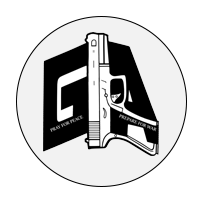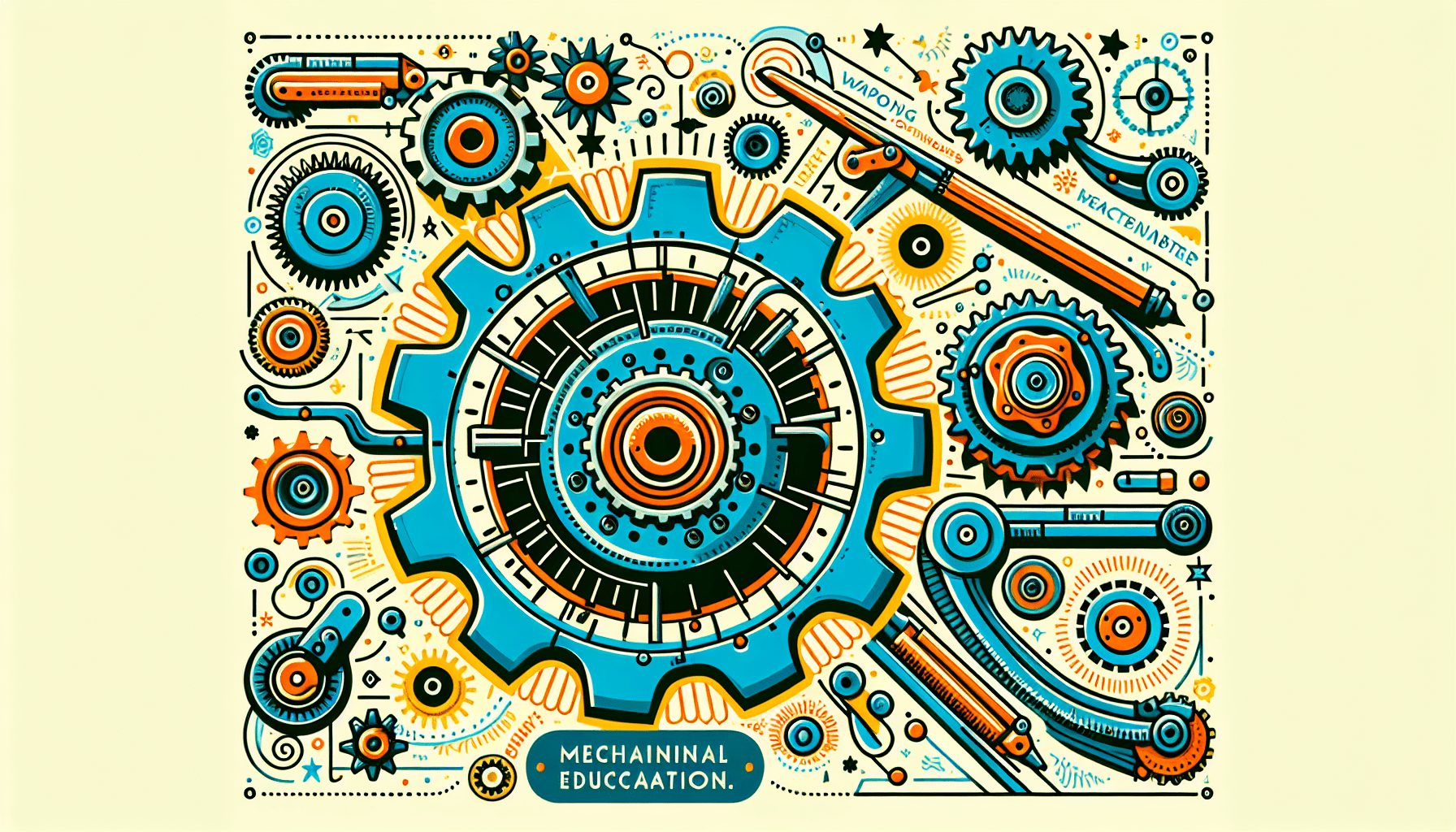Teaching Children the Basics of Gun Mechanics
Have you ever wondered how you might approach explaining the mechanics of firearms to a child? Walking the fine line between fostering understanding and ensuring safety can be quite the juggling act. It’s a topic that requires both clarity and responsibility. The aim is to teach the basics without encouraging an obsession. Armed with the right information, you can navigate this tricky path with both comfort and assurance.
Understanding Why Gun Mechanics Matter
It might seem peculiar to introduce children to gun mechanics, but understanding the basics can be beneficial. Knowledge can demystify firearms, reducing the allure of the forbidden. Moreover, it’s a chance to educate on the serious nature of guns, advocating for safety around firearms. This approach ensures that children develop a respectful understanding.
Knowing Gun Types
Start the conversation by discussing different types of guns. Firearms mainly fall into two categories: handguns and long guns. Understanding these types helps differentiate them and explain their unique functionalities.
1. Handguns
-
Revolvers: Known for their rotating cylinder, revolvers typically hold six rounds. Most people recognize them by their simple design and rugged reliability.
-
Semi-automatic pistols: These use a magazine to feed bullets into the chamber, automatically cycling a new bullet with each shot. They are popular in both law enforcement and civilian circles.
2. Long Guns
-
Rifles: These are shoulder-fired and known for their accuracy over longer distances. A common type taught in hunting settings.
-
Shotguns: Often used for bird hunting and home defense, shotguns are designed to shoot a spread of pellets.

Breaking Down Gun Parts
A better understanding of gun mechanics comes through familiarity with their parts. Being able to identify parts can help demystify what makes them function, making guns less about mystery and more about mechanics.
Common Gun Parts:
-
Barrel: A tube through which the bullet is fired. Length varies between handguns and long guns.
-
Trigger: The lever you pull to release the bullet from the chamber. It’s crucial for understanding how guns are fired.
-
Safety: A mechanism ensuring that the gun does not fire accidentally. Teaching a child about the safety switch reinforces the importance of firearm safety.
-
Magazine: Located in pistols, it holds bullets before they are chambered.
Teaching Safety as a Top Priority
Children must understand safety when learning about gun mechanics. Make it clear that guns are not toys. Instill a sense of seriousness when discussing firearms.
Key Points on Gun Safety:
-
Never point a gun at anyone: Even when believed to be unloaded, teaching children to never point a gun at any living being is essential.
-
Treat every gun as if it’s loaded: This practice prevents carelessness.
-
Be aware of your surroundings: Understanding what is beyond the target is as important as what is in front.

Encouraging Questions
Invite children to ask questions. Curious minds are always eager to know more, and their questions can pave the path for deeper understanding. This exchange fosters openness and keeps safety at the forefront.
The Role of Simulation
Virtual simulation can be an excellent hands-on tool for teaching gun mechanics. Facilities like Green Line Arms offer advanced virtual experiences that allow children to learn without risks.
Benefits of Simulation:
-
Realistic Learning: Without real-world risks, children learn the mechanics of firearms.
-
Interactive Experience: Engages children, making learning about mechanics interesting.
Supporting Materials and Resources
To support your teachings, use books and videos that are educational and geared towards children. Many resources offer age-appropriate content, which balances education with responsibility.
Inviting Real-Life Experience
Once a child understands the basics, a trip to a shooting range, such as Green Line Arms, under supervision gives practical experience. This helps reinforce what is taught while ensuring the child experiences the weight of responsibility firsthand.
Conclusion: Choosing the Right Approach
Teaching children about gun mechanics is both educational and a lesson in responsibility. Maintain a safety-first approach while encouraging questions and providing comprehensive lessons on types, parts, safety, and responsibility. Remember to use resources that support these teachings and seek guided experiences if possible.
For an invaluable option that combines education with safety, consider visiting Green Line Arms in Pensacola. With their advanced training and virtual experiences, children can appreciate the seriousness of firearms under the right guidance. By understanding these mechanics, children not only learn about firearms but are also prepared to live safely and responsibly around them.




